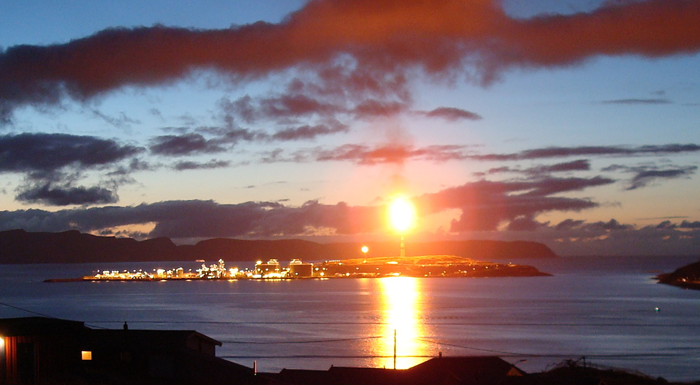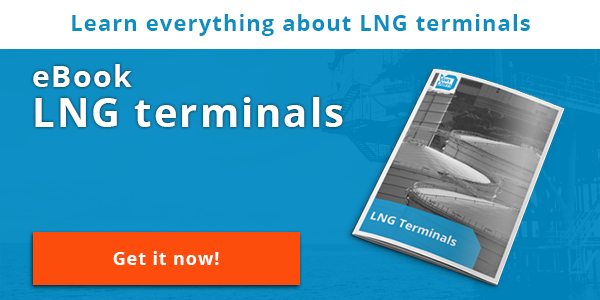
Liquefied natural gas (floating) facilities need to be designed, constructed and operated in line with international standards for the prevention and control of fire and explosion hazards. Provision for safe distances between tanks in the facility and between the facility and buildings nearby should also be taken into account. In this article I will describe some LNG fire safety solutions.
By keeping LNG at an exceptionally low temperature, it retains its non-flammable and low volume liquid state. In its liquid form LNG does not pose any danger. But when LNG vapors, it becomes dangerous and can cause a fire. A rupture or leak in a containment unit or pipeline can result in a spill, in which the liquid LNG turns to gas very rapidly. Should fire break out, it can result in a highly dangerous situation, especially where space is confined and/or where wind can spread the flames.
Passive fire protective systems are mainly installed within LNG facilities to minimize the risk of fire outbreak and spread. This is done during the design stage of the project. PFP systems help to compartmentalize a facility through the use of fire and blast rated architectural compounds, such as fire and blast rated wall systems, doors, and windows. During fire events, PFP systems help to slow or prevent the spread of fire and minimize the risk of explosion.
Fire and blast rated walls, doors and windows
The choice for installing PFP systems need to be made during the design phase after the risks of fire events and explosions have been assessed. Since LNG fuels might pose dangers when in contact with an ignition source, it can lead to hydrocarbon and/or jet fires. In this case, fire and blast rated walls, doors and windows need to be rated accordingly.
Products that protect against hydrocarbon and jet fires are classified into the “H” and “J” fire ratings, which have a fire integrity time of 2 hours. This gives enough time to evacuate people and to provide firefighters time to put out the fire. “A” class fire ratings can of course still be installed when the fire integrity time needs to be 60 minutes.
Fire and blast rated doors can be manually, electrically and pneumatically operated. Electrical and pneumatical doors provide a higher level of safety against fires and explosions because they do not require the help of people when opening/closing since it is done automatically. In this way, the door cannot be accidentally left open, so safety is preserved.
All products can be provided with intumescent seals in order to fill up any open holes during an fire, so that the fire cannot pass through. The combination of these products lead to an effective division of compartments within the facility.







